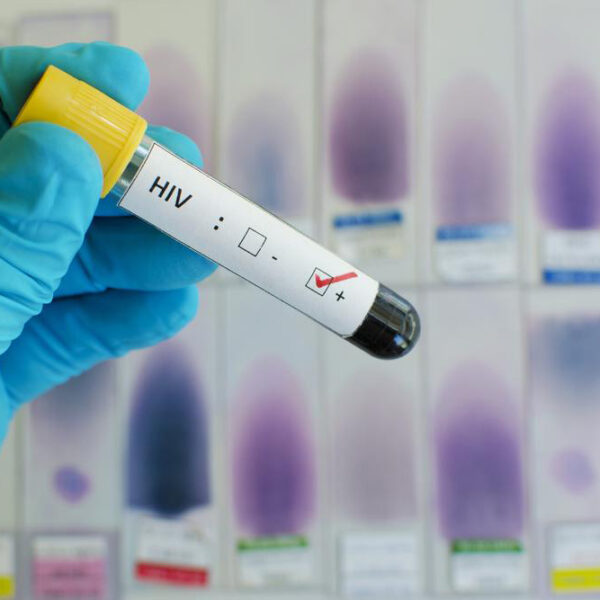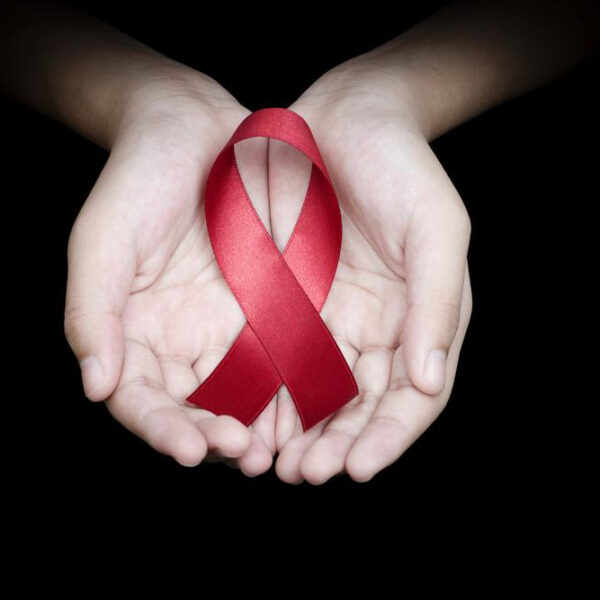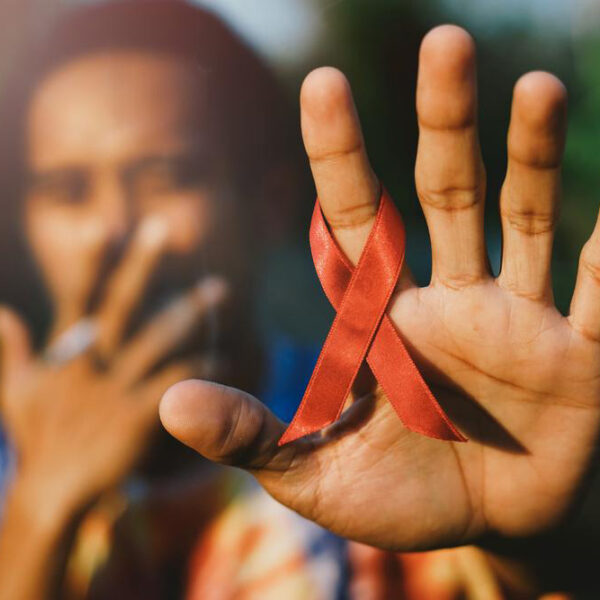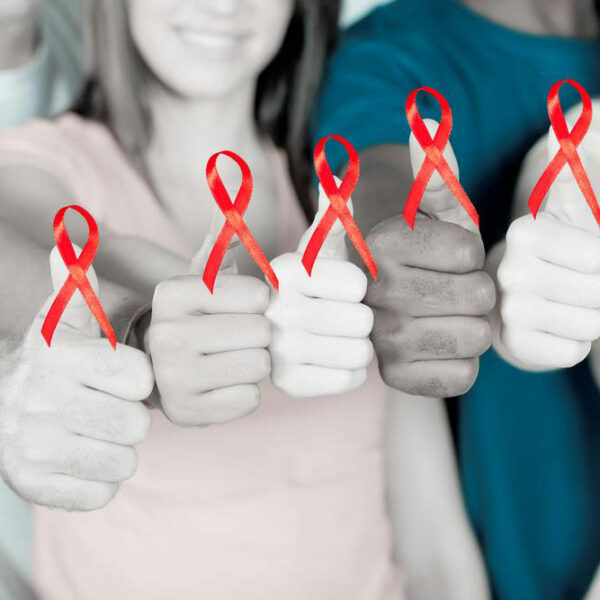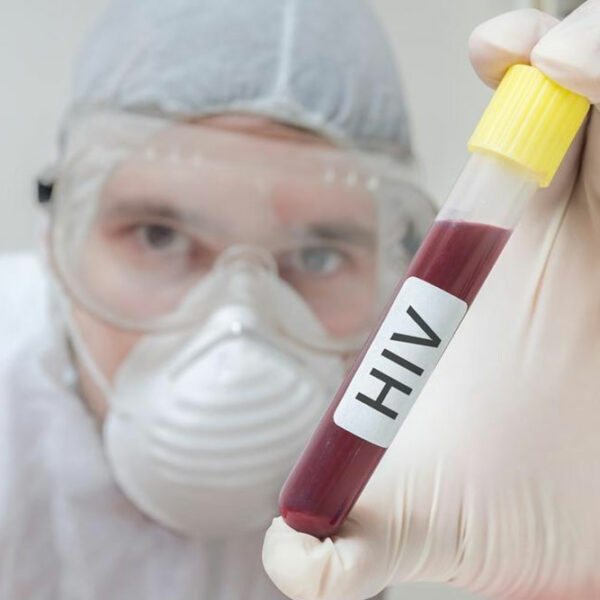
Recent developments in treating HIV
Doctors can now prevent HIV from taking hold in your body if the person acts quickly. People who may have been infected can take anti-HIV drugs to protect themselves. This is called PEP. But you must start the process within 72 hours of when you were exposed, the medicines can have unpleasant side effects. Although there is a little progress in finding the cure to the infection. There are therapies developed in the field of medical science that can decelerate the HIV infection. ART (Antiretroviral therapy) is a revolutionary HIV treatment that has been developed in the past few decades. So, what is ART? ART does not cure HIV. It only attacks the virus in different ways. It stops it from reproducing itself and spreading further. HIV infection is measured by the viral load, that is, the amount of the virus which is present in the patient’s bloodstream. The goal of treatment is to get the viral reproduction so low that tests can’t even detect the virus anymore. HIV would still be present in the body, but there’s not enough of it to cause symptoms, this, as long as you keep taking your medication. An important point to remember is that the infected person can still pass HIV to someone else while on medication.
